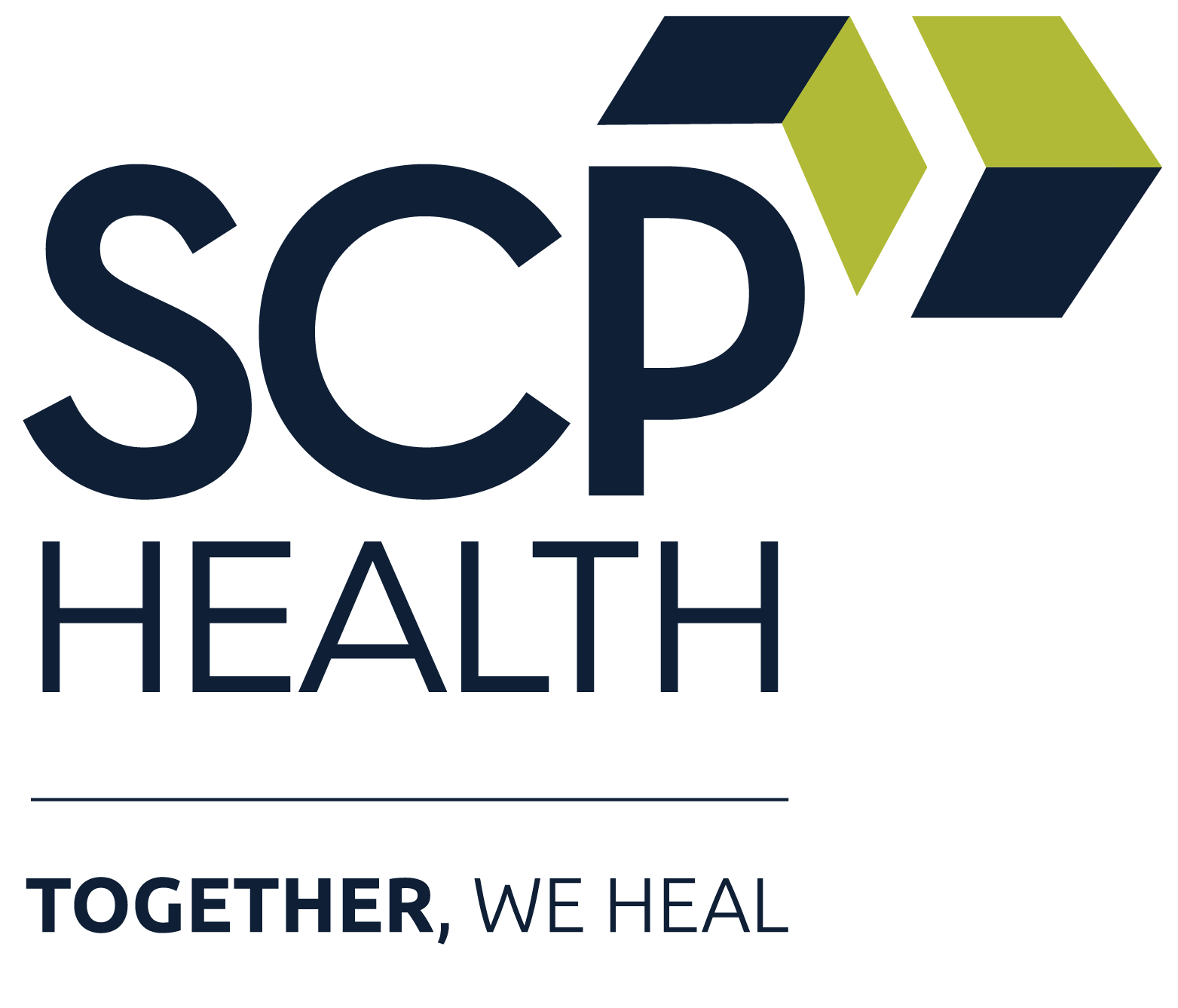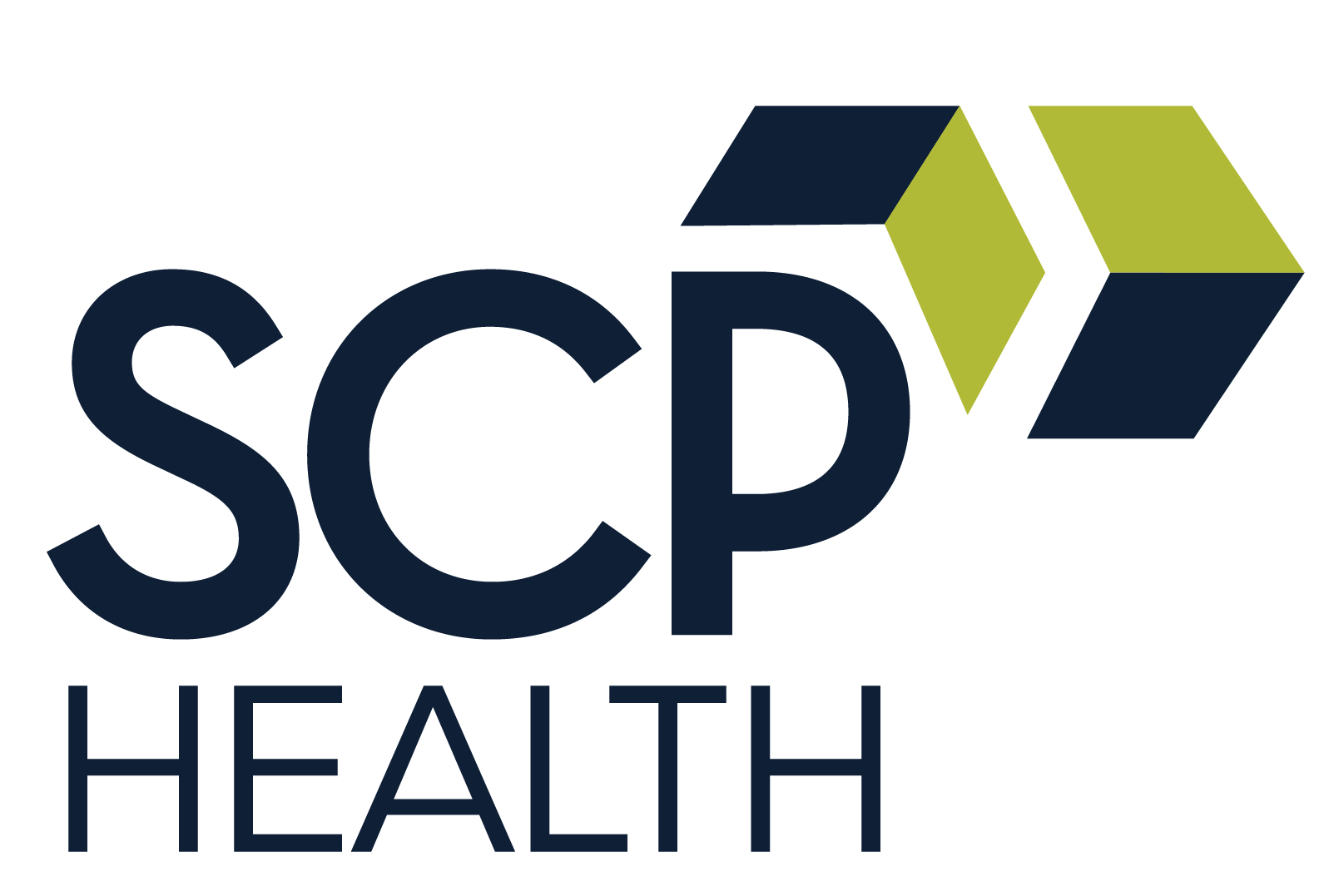
Randy Pilgrim, MD, FACEP, FAAFP
Enterprise Chief Medical Officer, SCP Health
America’s health care system resembles a complex and ongoing construction project, with clinicians, health systems, and communities working at different levels simultaneously. Each day brings new challenges: shifting regulations, evolving payment models, mounting workforce pressures, and, most importantly, the changing needs of our patients. Yet, unlike a typical construction site, we cannot simply pause operations while we repair the foundations. We must make continuous improvements and adjustments on many levels along the way. And healing must continue while we build toward a better tomorrow.
This imperative makes advocacy – informed by clinical expertise and focused squarely on patient needs – an essential tool for creating sustainable solutions that benefit patients, communities, and clinicians alike.
At the heart of our health care system lies emergency departments and hospitals. Together, they serve as a center of excellence for acute illness and injury, and, as importantly, as a health care safety net for communities nationwide. Emergency departments are the load-bearing walls of our health care infrastructure, supporting acute unscheduled care and providing surge capacity during crises. When these essential services are strained, the entire system feels the impact.
The strain on emergency departments
Approximately 150 million emergency department visits occur annually in the United States. This unscheduled clinical care serves as a vital interface between outpatient and inpatient settings, while also functioning as our nation’s primary health care safety net. The strength of this foundation directly impacts patient outcomes, community health, and the overall stability of our health care ecosystem.
Yet this foundation is showing serious signs of strain. Emergency departments have unprecedented pressures from staffing shortages, regulatory burdens, and inadequate resources—all while serving as the primary point of access for our most vulnerable populations. Emergency departments are required to provide care regardless of patients’ ability to pay. Patients are guaranteed access to care, but at the same time, emergency departments incur the greatest amount of uncompensated care of any specialty. Without timely action to guarantee adequate resources supporting these essential services, we risk compromising a cornerstone of American health care.
Key priorities for 2025
As we move through 2025, several key elements demand our immediate attention.
- Advance the quality and value of patient care.
Evidence-based clinical pathways, patient-centered improvements, and seamless care transitions all contribute to better outcomes. The implementation of innovative care delivery models offers the opportunity for quality care that is also cost-effective and sustainable. - Increase support for clinicians.
Clinical excellence requires a healthy, empowered workforce. Advocating for policies that free physicians from excessive administrative burdens so they can focus on providing high-quality patient care, along with the reauthorization of the Dr. Lorna Breen Healthcare Provider Protection Act¹ represent important steps toward supporting clinician wellness and resilience. - Strengthen our health care infrastructure.
Our health care system requires adequate resources to ensure timely patient access to acute, unscheduled care. Rural communities, in particular, need targeted support to maintain viable health care services. The Emergency Medical Treatment and Labor Act (EMTALA) established crucial patient protections and guaranteed access to care, but after nearly four decades, this landmark legislation needs permanent funding to ensure its continued viability and effectiveness. - Enact telehealth flexibilities.
Making permanent the successful telehealth flexibilities implemented during COVID-19 represents a critical advancement toward broad patient access to timely care. - Improve workplace safety for medical professionals.
Recent increases in workplace violence against health care workers, combined with mounting administrative burdens, threaten both the recruitment and retention of skilled clinicians and other health care professionals. Establishing criminal penalties for those who commit violence against medical professionals is an important step toward protecting frontline workers.
- Establish sustainable economic foundations.
Fair reimbursement strategies, including necessary reforms to the Medicare Physician Fee Schedule, must align health care resources with health care priorities. Meanwhile, the No Surprises Act requires both aligned regulations and effective enforcement to fulfill its intended purpose of protecting patients while ensuring fair compensation for care.
Collaboration for meaningful change
Our experience shows that when clinical expertise guides policy development, the resulting solutions serve both patients and communities better. Building effective solutions will require close, even unprecedented, collaboration across stakeholder groups. Clinically-driven policies, supported by robust data and coordinated across local and national initiatives, offer the best path forward.
The construction project before us is immense, but so is our collective capability. We have a foundation for meaningful change. Clinicians bring unique insights from the frontlines. Health systems understand operational complexities and resource challenges. Community leaders recognize local health care needs and capabilities. Policymakers can help align incentives and remove barriers. Working together, we can build solutions that enhance patient care while strengthening our health care system for future generations.
The time for more clinician engagement in health care policy is now. Our patients need advocates who understand both clinical realities and system dynamics. Using clinical insights, and using thoughtful collaboration and leadership, we can create better patient outcomes, and a better health care system for the future.






